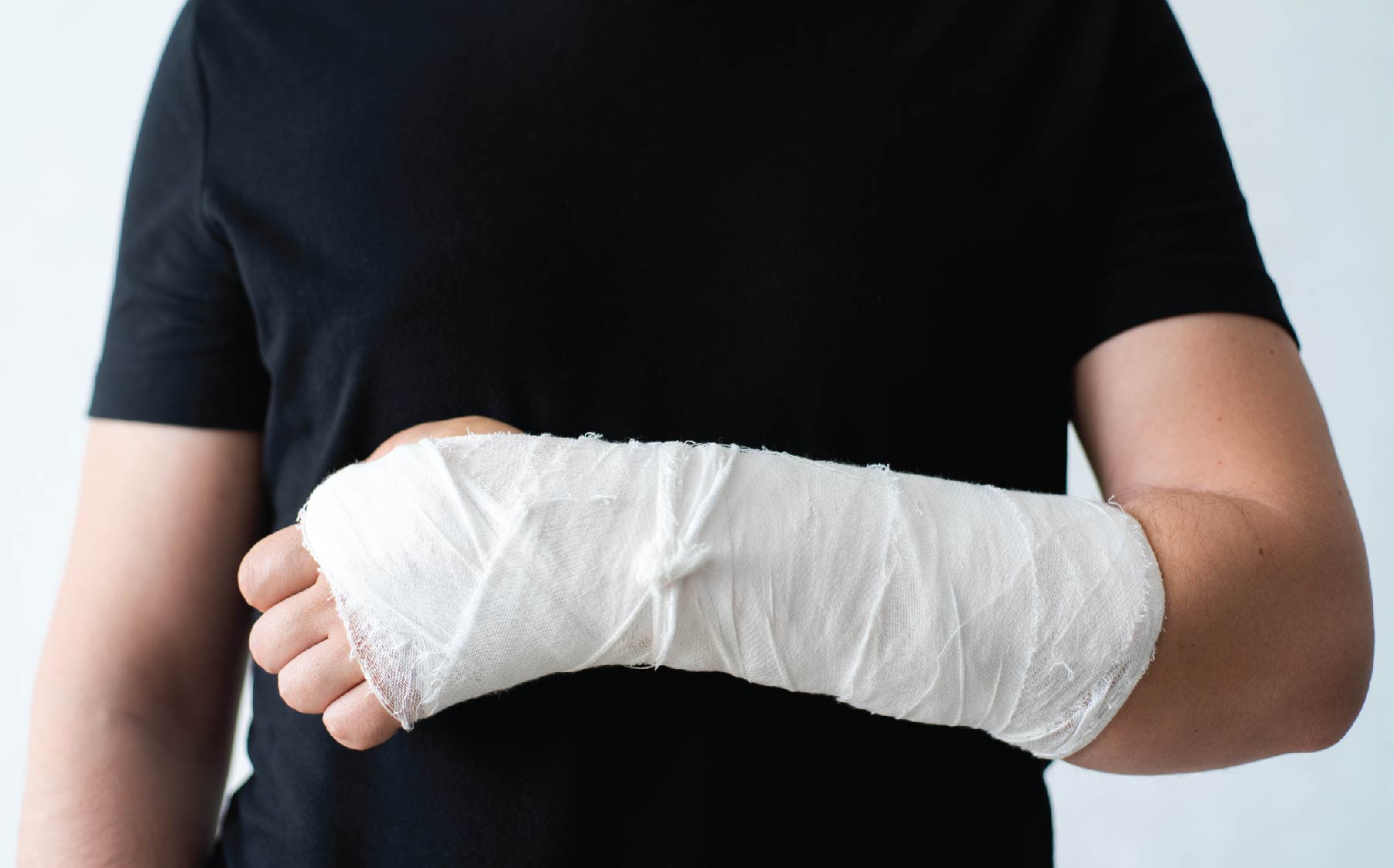If you’ve recently broken a bone, chances are you’ll be wearing a cast. A cast plays a crucial role in your recovery, holding the fractured bone securely in place and protecting it as it heals. Understanding proper cast care is vital to ensure your bone mends effectively and to prevent complications.
Common Types of Casts
There are two primary types of casts you might encounter:
- Plaster Casts: These are traditional casts made from plaster of Paris. They are initially wet and moldable, conforming to your limb as they dry and harden.

- Fiberglass Casts: Made from fiberglass, these casts are lighter and more durable than plaster casts. They also dry faster and are often preferred for their strength.

Essential Cast Care Instructions
Proper cast care is paramount for a successful recovery. Follow these guidelines to ensure your cast does its job effectively:
- Keep Your Cast Clean and Dry: This is the golden rule of cast care. Moisture can weaken the cast material, irritate your skin, and even lead to infections. Avoid getting your cast wet, especially when showering or bathing. If it does get damp, try to dry it thoroughly with a hairdryer on a cool setting.
- Pad Rough Edges: The edges of a cast can sometimes be rough and cause irritation or scratches to your skin. You can pad these edges with soft material like moleskin or cotton to create a barrier and improve comfort.
- Elevate the Limb: Keep the limb in the cast elevated above your heart level as much as possible, especially during the first few days after your injury. This helps to reduce swelling and improve circulation, which are important for healing.
- Check for Cracks: Regularly inspect your cast for any cracks or soft spots. A damaged cast may not provide adequate support, compromising the healing process.
- Relieve Itching Safely: It’s common for the skin under the cast to get itchy. Resist the urge to stick anything inside the cast to scratch, as this can damage your skin and lead to infection. Instead, try blowing cool air from a hairdryer into the cast opening.
- Do Not Insert Objects: Never put any objects, such as rulers, pencils, or coat hangers, inside your cast. This can cause skin damage, infection, or dislodge padding, leading to pressure sores.
- Avoid Painting Your Cast: While it might seem fun to decorate your cast, avoid painting it. The paint can seal the cast material, preventing it from breathing and potentially trapping moisture, which can lead to skin problems.
When to Seek Medical Help
While wearing a cast, it’s crucial to be aware of certain signs that indicate you need medical attention. Contact your doctor or seek emergency care immediately if you experience any of the following:
- Cast Feels Too Tight: Swelling after the injury can cause the cast to feel uncomfortably tight, leading to pain and reduced circulation.
- Cast Is Broken or Too Loose: A broken or excessively loose cast will not provide the necessary support and protection for your healing bone.
- Changes in Fingers or Toes: Pay close attention to the fingers or toes on the affected limb. If they become excessively swollen, numb, tingly, turn blue or white, or you experience difficulty moving them, this could indicate a problem with circulation or nerve compression.
- Skin Soreness Under the Cast: Persistent pain or soreness in a specific area under the cast could be a sign of a pressure sore or skin irritation.
- Unpleasant Smell or Discharge: An unusual odor or any discharge coming from your cast can be a sign of infection and requires immediate medical evaluation.
By following these care instructions and knowing when to seek help, you can ensure your cast provides the best possible environment for your bone to heal effectively.
If you have any concern, do contact us at 03-3375 7799 @ ext 7304
by Dr. Phang Zi Hao, Consultant Orthopaedic Surgeon



